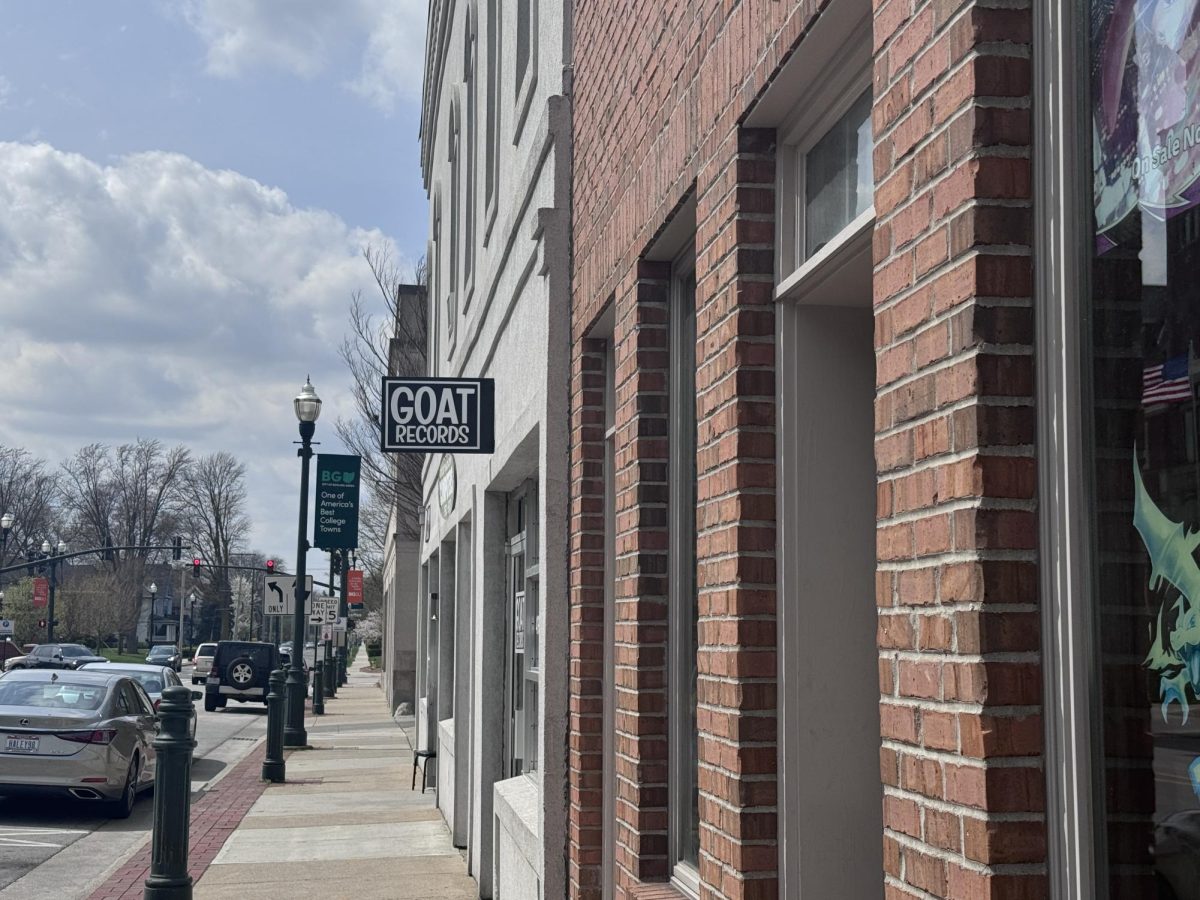When comparing Bowling Green’s zoning ordinance to laws in similar college towns, the lack of change over the past 30 years may make the town seem downright ancient.
But an evaluation of the city and BGSU’s history may help to indicate why the ordinance was adopted in the first place, and what changes could be on the horizon.
Mount Pleasant, Mich. is home to Central Michigan University, a population of roughly 26,000, and a zoning code that has adapted to the realities of a state university that lies within a small city.
Homes that lie a certain distance from CMU are restricted to two unrelated family members within the house, just like Bowling Green zoning laws do. However, for houses that are fairly close to the campus the city has created zoning that allows a minimum of three people or more. This allows off-campus residents who rent a house to fill each of the rooms and have as many occupants as they are comfortable with, as long as no health violations arise.
Other Mid-American Conference schools subscribe to their state’s proposed balance between a house’s square feet and the number of occupants, while three of six schools — including Kent State University and Miami University — had a four-person rule.
When the city of Bowling Green adopted the definiton of an R-1/R-2 single family dwelling in 1962 the politics of Bowling Green State University did not reflect equality between men and women, and the surge of off-campus housing just a few years down the road couldn’t be seen on the radar.
Originally limited to no more than a single family unit, the R-1/R-2 zoning laws did not conflict with the housing needs of off-campus students because there weren’t really that many.
Before 1967 only men age 21 and over were permitted by the University to live off-campus. Changes were made after 1967 to allow junior and senior women age 21 or older to move off-campus, pending approval by their parents along with the dean of women.
This decison was followed in 1968 by reports of an increase in married students at the University. These contributing factors, along with an increased industrialization within the city, led to a boom of workers and students in need of housing on the eastern side of Bowling Green. This created a shortage in available housing, which led directly to high rental prices. Headlines from archived BG News issues like “Off-campus trend is developing,” “Off-campus living on the rise” and “Housing shortage acute problem” represent just a small portion of the attention this issue garnered through 1968 and into 1969.
In 1969 a lack of both on and off-campus housing presented a legitimate problem for the University, causing the consideration of a cut in admissions for incoming high school seniors the following year, according to BG News archives.
As the University’s enrollment grew to 15,815 in the fall of 1974, 48 percent of the student body were eligible to live off-campus, and college students made up 72 percent of the city’s population.
The growth of both the city, the University and the student’s desire to live off-campus seemed to be recognized by Bowling Green City Council because on January 6, 1975 the zoning code was updated, specifically the definition of a single family.
From here on out an R-1/R-2 zoned house in Bowling Green could be occupied by one family, along with no more than two boarders. This rule in the zoning ordinance — ordinance #3200 — that students and landlords generally refer to as the “three-person rule” opened new doors for students who wanted to live off-campus.
The transition could now begin in Ward 2, which included the area south of the University from Wooster Street, from owner-occupied homes to rental homes where many students could live. All of the houses standing before the ordinance was passed in 1975 were grandfathered, which excluded them from limiting the number of unrelated people who can live there.
Greenbriar Inc. owner Robert Maurer remembers when the houses in Ward 2 were predominantly owner-occupied, and how it seemed like ordinance #3200 was especially meant to apply to the off-campus student community.
“As I recall 30 years ago, the ordinance was totally directed at Ward 1 and 2,” Maurer said. “Back in that time there were a lot of homeowner occupied homes in the Ward 2 area, now there are much fewer.”
As the years passed both the University’s enrollment and percentage of off-campus students increased, and along with the passage of time the majority of Bowling Green’s total populace remained with the East side’s off-campus residents.
In the fall of 1984, 16,690 students attended BGSU, with roughly 50 percent of them living off-campus, and University students outweighing citizens 60 percent to 40 percent.
Ten years later the 1994 fall numbers showed a slight increase in student enrollment to 17,000, now with 53 percent of students living off-campus. Throughout the 1990s the student/citizen ratio remained at 60-40.
Local landlords and realtors who now look back at past enforcement of the R-1/R-2 occupancy rules seem genuinely surprised at what seems to be a dramatic increase in violations this year compared to decades past, particularly in the Bentwood and Burwood subdivisions.
“It’s really unfortunate for the small individual owners who’ve bought a few properties over the years because the city never told them,” said Steve Green of Mecca Management. “This law hasn’t been enforced for 20 years.”
But Senior Planner Ken Taylor of the city’s Planning and Zoning Department is confident the zoning laws have always been enforced fairly and regularly over the years, however the violations have never been as clustered as they are this year.
“Now you have an area where the attention is at,” Taylor said. “Not that it wasn’t going on before, but it hadn’t been an entire development.”
Now more than 30 years after the “three-person rule” was put in the city’s zoning laws the University’s population continues its steady growth, and Bowling Green’s population will continue to rise as a direct result. The question now seems to be whether or not a similar expansion of the definition of a single family should be made like one was in 1975.
According to the 2000 census, 31 percent of Bowling Green’s populace are 20-24 years old. This is followed by 15-19 years old at 18 percent and 25-34 years old at 11 percent.
This year’s surprisingly large freshman class, which resulted in around 400 students having to be relocated off-campus due to a lack of on-campus housing, could be an indication of the growth that both the University and the city can expect to see.
Information was compiled by members of the BG News Editorial Staff.















